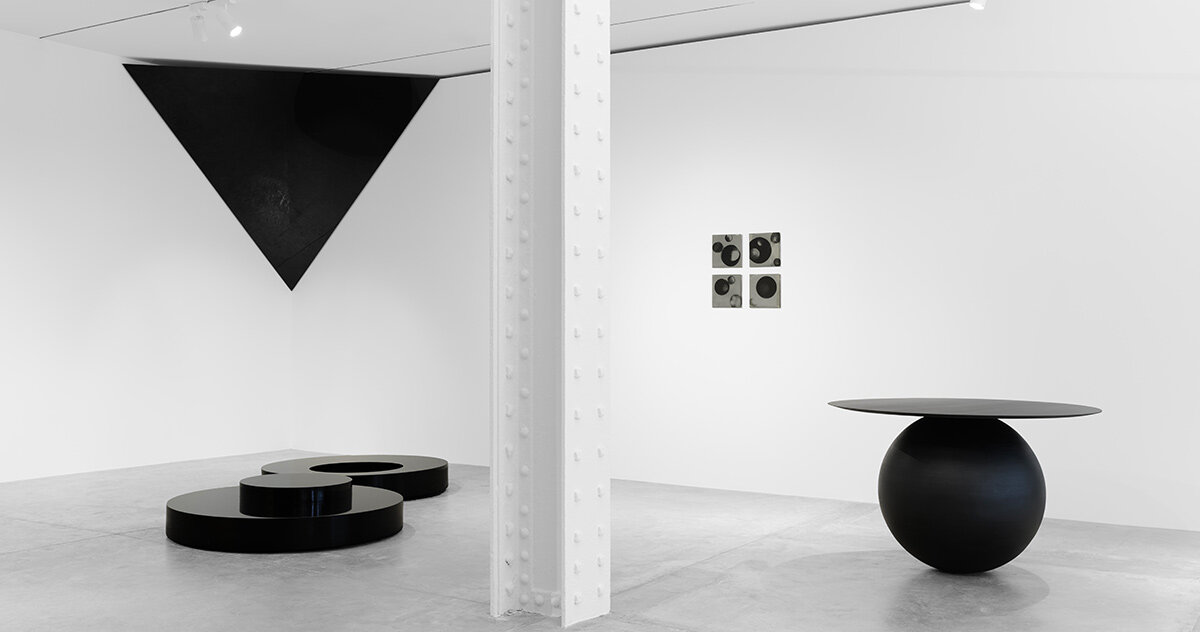
"Adam Pendleton presents Who Owns Geometry Anyway? at Friedman Benda in New York, where a series of sculptural furniture forms reorients the gallery into a measured field of geometries. Polished stone tables, carved volumes, and sharply defined wall interventions create a spatial environment tuned to material presence. designboom attended the opening to speak with the artist - read the full interview below!"
"Pendleton frames each piece as a form that activates space, describing the works as creating ' a very specific feeling and temperature, and sense of both time, space, and material.' The installation's low-slung rounds, punctured surfaces, and triangular wall planes make this sensitivity immediately legible. Visitors encounter shifts between matte and gloss, heavy mass and visual levity, all contributing to what Pendleton characterizes as a heightened awareness of surface, texture, and the experience of moving through a room."
"The exhibition at Friedman Benda evolved through what artist Adam Pendleton calls a dialogic process, shaped by intuition and precise adjustments. A square became two opposing triangles, while ceramic works planned as singular elements are assembled into grids during installation. Pendleton describes this approach as a 'confluence of being hyper specific and intuitive,' a method that allows the objects to shape one another as they settle into place."
Sculptural furniture forms and geometric wall interventions reorient a gallery into a measured field of geometries that foreground material presence. Polished stone tables, carved volumes, low-slung rounds, punctured surfaces, and triangular wall planes create a spatial environment tuned to surface, texture, and the experience of moving through a room. Contrasts between matte and gloss and between heavy mass and visual levity heighten awareness of materials. The installation evolved through a dialogic process shaped by intuition and precise adjustments, with forms reshaping one another during placement. Material choice governs tempo, with stone pieces read as slow and palpably weighted yet appearing almost weightless. Objects hover between sculpture, design, and becoming.
Read at designboom | architecture & design magazine
Unable to calculate read time
Collection
[
|
...
]